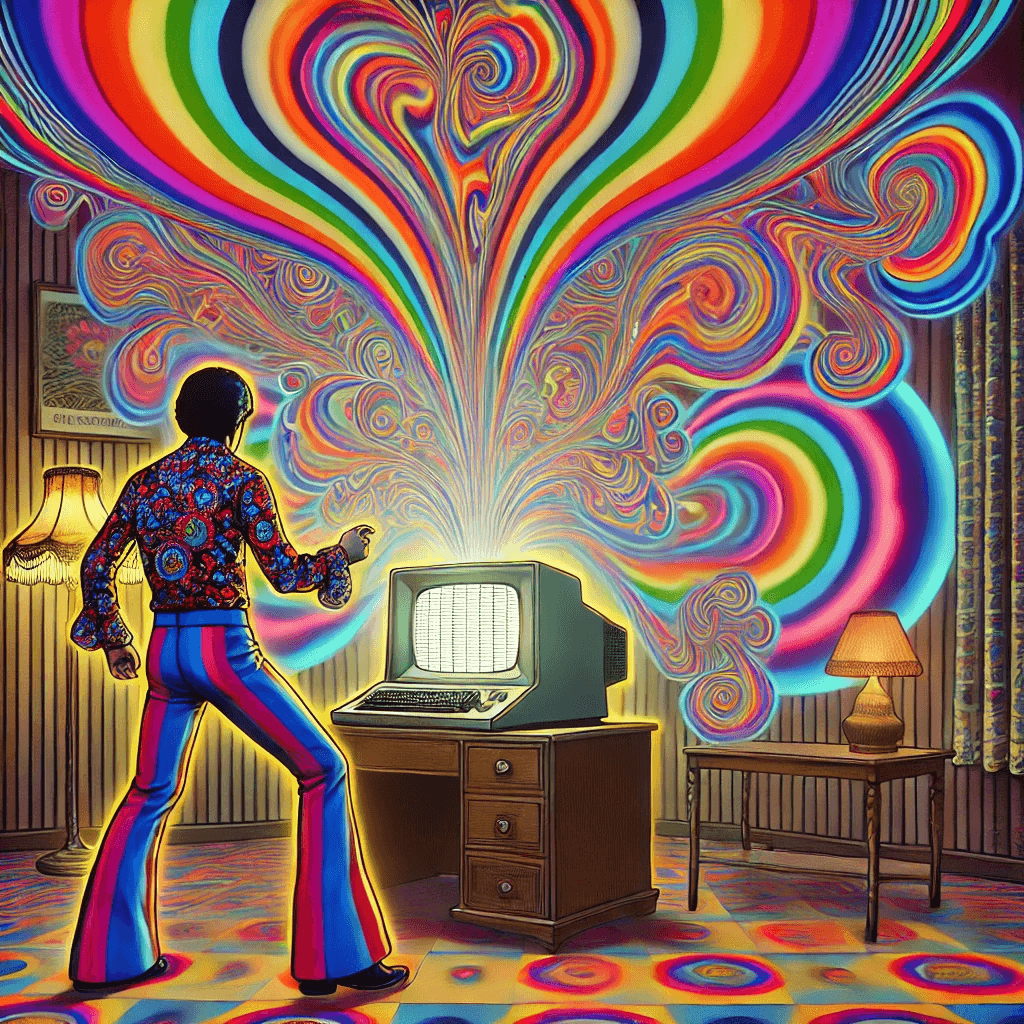Understanding AI Hallucinations: Causes and Solutions
A Customer’s Question About AI Hallucinations
The other day, I had an interesting conversation with a customer. They asked me, “Does Kafkai hallucinate?” At first, I smiled, thinking about how creative the question sounded. But they were serious. Their experience using AI tools taught them something important: AI sometimes makes things up. They explained that every time they used AI-generated content, they had to double-check it because it could include incorrect information. This got me thinking about an issue that’s been widely discussed in AI: hallucinations. What are they, and why do they happen?

What Does “Hallucination” Mean in AI?
In the world of AI, “hallucination” doesn’t mean the same thing it does for humans. It happens when an AI tool gives answers or generates text that isn’t true, doesn’t make sense, or isn’t based on real information. For example, imagine asking an AI for a fun fact about a made-up animal, and it confidently tells you something completely false—but in a way that sounds convincing. The AI isn’t lying; it’s using patterns it learned to create an answer, even if the answer isn’t real.
How Common Are Hallucinations?
Hallucinations aren’t rare. In fact, they happen quite a lot. Studies show that tools like ChatGPT can include incorrect information 15% to 20% of the time. Some researchers even say hallucinations are a natural part of how AI works. In certain areas, like medical advice or legal text, hallucination rates can range from 59% to 82%. This means that hallucinations aren’t just small mistakes—they can be frequent and sometimes very far from the truth. For anyone using AI for serious tasks, this makes understanding hallucinations a big deal.
What Are We Doing to Fix This Problem?
The good news is that people are working hard to reduce hallucinations. Scientists and engineers are developing ways to catch these mistakes before they show up in the text. For example, some methods analyze the AI’s decision-making process and flag answers that seem less trustworthy. One technique has achieved 88% accuracy in spotting potential hallucinations. Another approach has cut down hallucinations from almost half (47.5%) to just 14.5%.
Businesses are also stepping in with creative solutions. One startup from France, called Linkup, uses a clever method to help AI be more accurate. They connect AI models to trusted sources, like books, articles, or licensed data, to make sure the AI has better information to work with. This approach is called Retrieval-Augmented Generation (RAG). By linking the AI to reliable databases, it can avoid making things up. This idea has been so successful that Linkup raised €3 million to grow their project, and other companies are following a similar path.
Can We Stop Hallucinations Completely?
The truth is that we can’t make hallucinations go away entirely. However, there are ways to make them happen less often:
- Use High-Quality Data: AI needs better and more specific information to avoid guessing or making up facts.
- Write Better Questions: When you give an AI clear and detailed instructions, it has a better chance of providing accurate answers.
- Get Humans Involved: Having people check the AI’s work can catch errors, but this takes time and money.
- Connect to Live Data: Tools like RAG help by giving AI access to up-to-date and factual information.
Even with all these strategies, hallucinations will still happen sometimes. That’s just how AI works—it guesses based on patterns, and those guesses aren’t always right.
The Future of AI and Hallucinations
Right now, we can’t expect AI tools to be perfect. But we can keep improving them. To make AI more reliable, we’ll need better data, smarter technology, and careful human reviews. General-purpose AI tools like ChatGPT are great for many things, but they can’t know everything about every topic. This is why specialized AI models, trained for specific areas like law, medicine, or finance, will become more important in the future.
So, does Kafkai hallucinate? The answer is yes, it does sometimes especially when confronted with facts-heavy article generation because it uses large language models (LLMs). We use multiple LLMs, the best LLMs, and state-of-art techniques out there, but like any other AI tool based on the current LLM technology that the world currently have, it's not perfect. We try to mitigate this by using search results from search engines to feed the article generation which helps.
With the right strategies and tools, we can make it a lot better. The goal isn’t to create an AI that never makes mistakes—that’s impossible. Instead, we want AI to be a tool that help our customers work better and faster by giving useful suggestions that they can decide on.